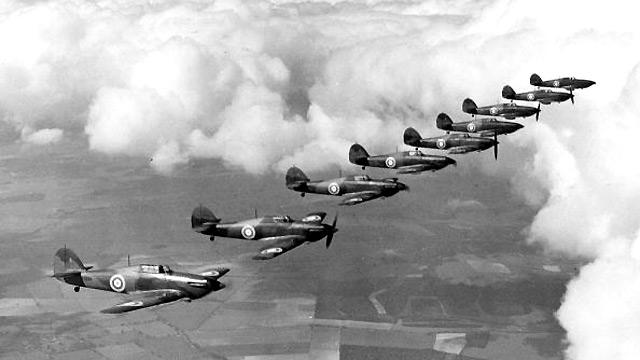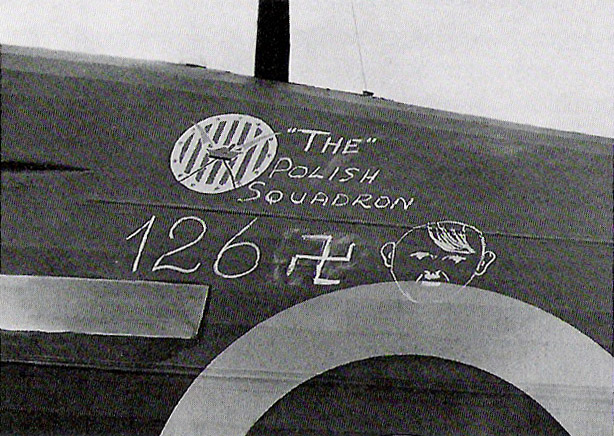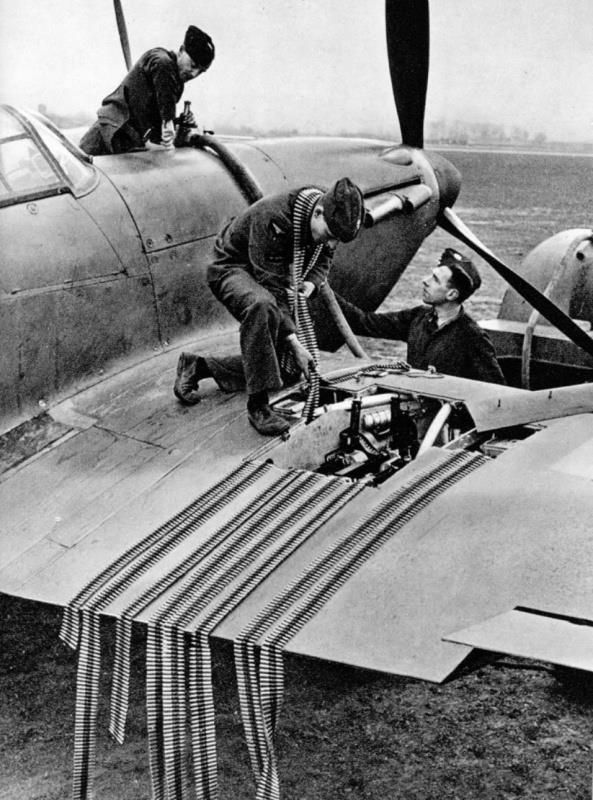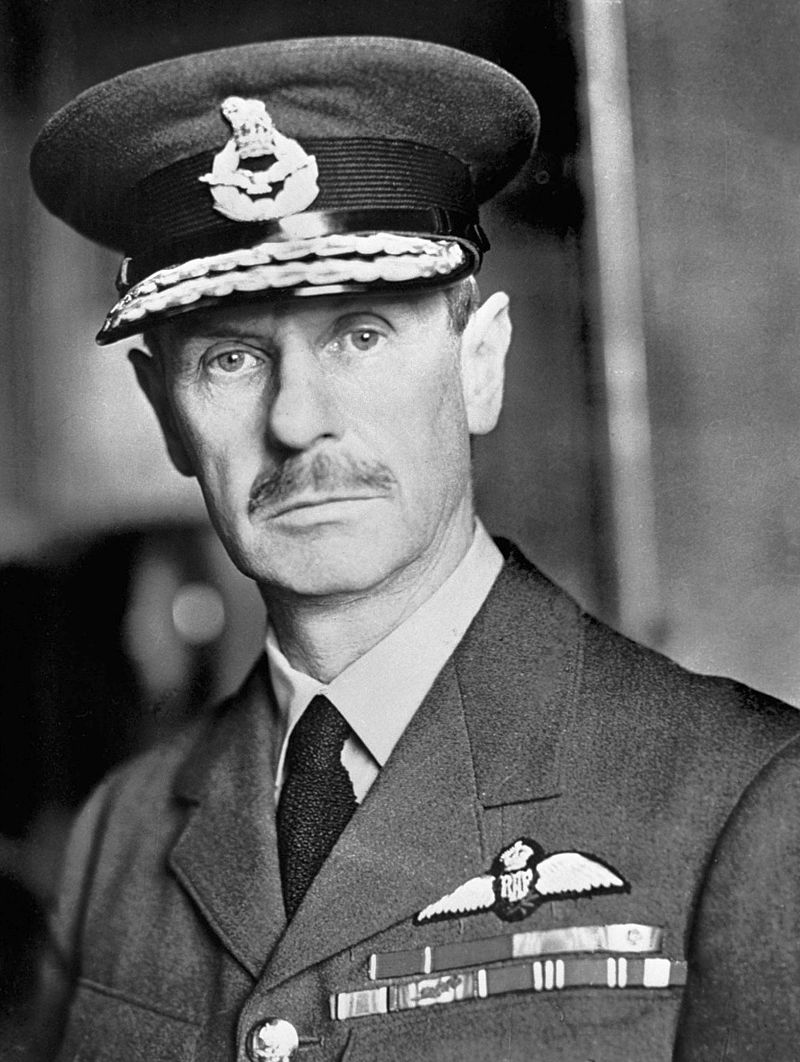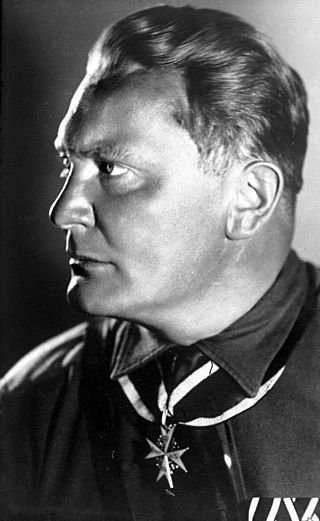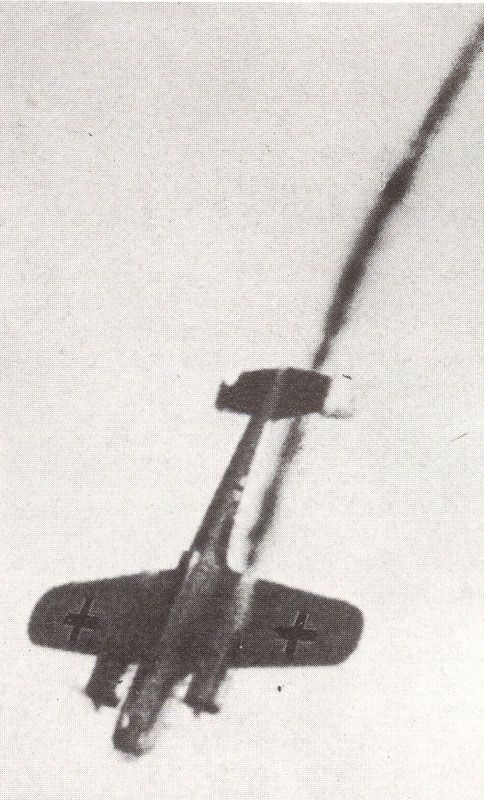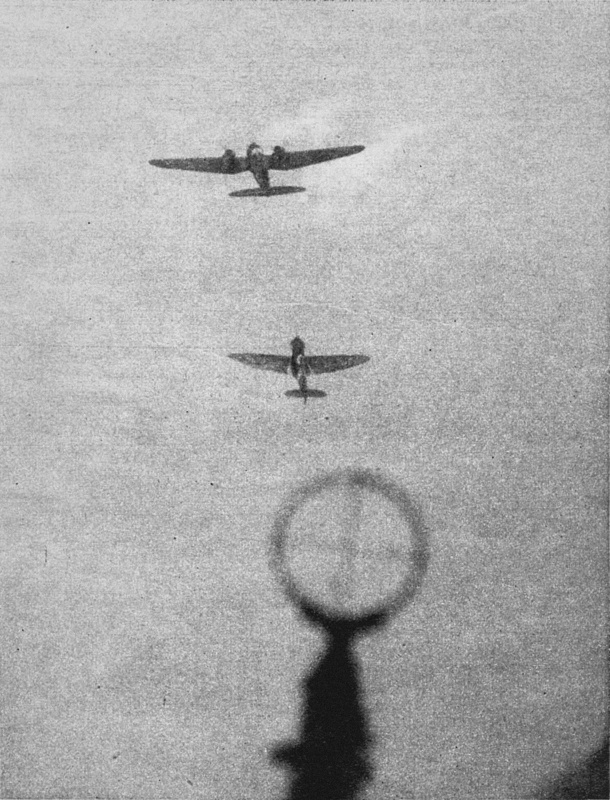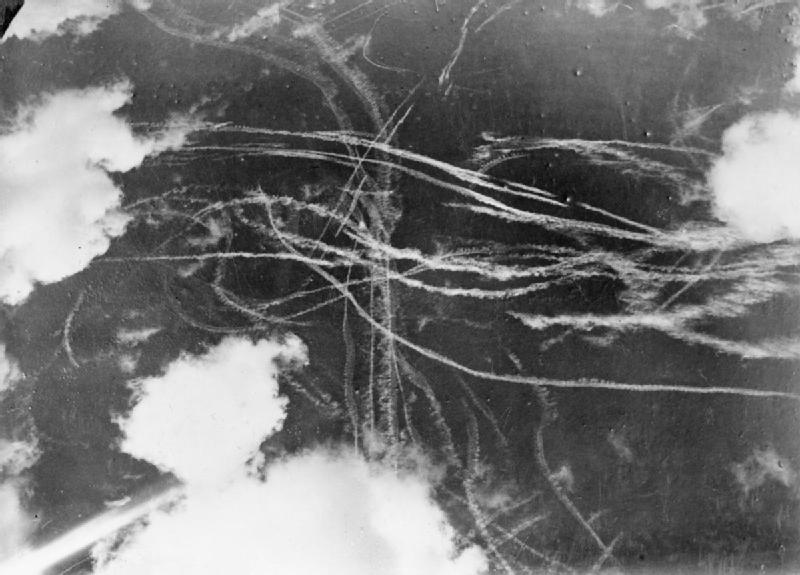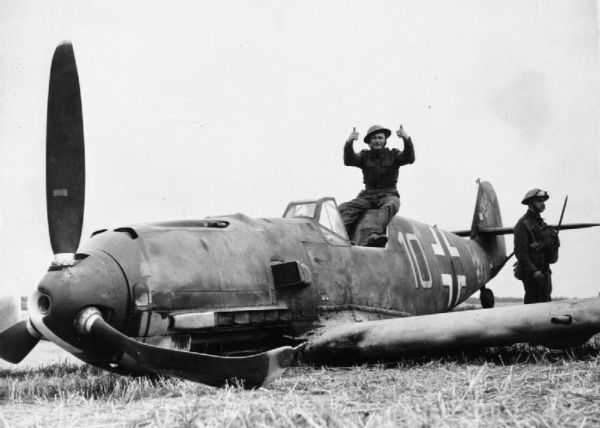Today is the 75th anniversary of the start of the Battle of Britain. So today, we are going to test you on your knowledge of it. OK, we have made it slightly easier for you as we have included the answers but just test your knowledge here anyhow….
Q Limping home from Dunkirk, troops poured into the ports of Southern England. In France hastily improvised defences were being built up on the Somme and Aisne rivers with hope that the Maginot Line on the eastern line would hold out from German advances. However, in mid June German forces had crossed the River Marne, and moved south outflanking the Maginot Line. This chain of events saw Paris fall with no resistance and the French formally surrender. On what date was the French surrender?
A The surrender of France on June 22nd 1940 allowed Adolf Hitler to concentrate on an invasion of Britain, codenamed ‘Sealion’. However, the narrow body of water separating France and the British mainland constituted a major problem. Like other would-be invaders over the centuries, Hitler discovered that, actively protected by Britain, the Channel was an obstacle that he could not overcome. Air power was of crucial importance to both sides. Hitler’s plan to destroy the RAF (Royal Air Force) and allow German landing craft to cross the Channel safely. Note. All remaining RAF planes in France had been repatriated to Britain by 18 June 1940.
Q The planned German aerial assault forces 2,820 aircraft. Of these, one third were fighter planes, whilst the rest were twin engined bombers, fighter bombers and single engined Stukas. The RAF (Royal Air Force) had 591 Spitfires, Hurricanes and two seater Defiants split into four groups. Number 10 group covered South-West England, Number 11 London and the South-East, Number 12 the Mildands and much of Wales and Number 13 the North and Scotland. Who was the Air Chief Marshal responsible for the running of these groups and RAF Fighter Command?
A Air Chief Marshal Sir Hugh Dowding was a reserved and aloof personality. He was nicknamed ‘Stuffy’ due to his mannerisms. However, there is little doubt that he was a true hero in a time of darkness and that he did more than any other man to lead the RAF to victory in the Battle of Britain. Having seen action in WWI, he served in the Middle East and became a member of the Air Council for Supply and Reasearch during 1930. He constantly stressed the need for developing faster and and more manoevrable types of aircraft such as the Spitfire, the need for research into and the developement of radar, both of which proved vital in the Battle of Britain. From 1936 to the end of 1940 he acted as Commander in Chief, RAF Fighter Command and lead the RAF to its famous victory. Some of his tactics gave rise to controversy and he was relegated to other duties by Churchill in 1941, but by then Dowding had cemented his name in British history. Trafford Leigh-Mallory was in command of Group 12 at the time and favoured the so-called “big wing” tactics, which involved assembling much larger fighter formations. He quarrelled bitterly with Air Vice-Marshal Keith Park, the Commander of Group 11. The point was that in the Midlands and the North there was often time to assemble such formations. The area under Park’s command (London and the South-East) was of course much closer to the Luftwaffe’s airfields in France and Belgium, and his key priority was to get fighters airborne and to the chosen height: assembling large formations in such a short space of time wasn’t practical. (Athur Harris was the highly controversial Commander-in-Chief of RAF Bomber Command from late February 1942 the end of WWII).
Q – Hitler planned ‘Sealion’ to commence on September 15th, so on August 1st he ordered the Luftwaffe “to overcome the British air force with all means at its disposal, and as soon as possible”. In as early as June many English coastal areas and convoys had been attacked, whilst a more intense bombardment during July of shipping in the Channel and hugely destructive attempt on coastal ports took place. Portsmouth was bombed on July 11th and on August 8th over 250 enemy aircraft sunk seven ships bound for Weymouth. However, these raids cost not only British sites and planes, but also signalled heavy loses for the Luftwaffe. Between July 10th and August 10th how many planes were lost by both sides combined?
A The Luftwaffe lost 217 aircraft to the RAF’s 96 losses. The RAF became very concerned at the heavy losses they had endured in the run up to the main conflict. In fact things were deemed so bad that Number 54 Squadron could only muster eight aircraft and thirteen pilots. With up to 600 sorties a day, a concerned Fighter Command was in danger of exhausting its surviving pilots and the ground crews before the real battle had even begun.
Q The Luftwaffe were to begin the elimination of the RAF set for August 11th. After easily taking Poland and France, the German Commander-in-Chief promised Hitler of a swift and glorious success. It was said that within four days the south of England would be clear, and a four week timescale would be enough to defeat the whole force. Bombers would devastate ground installations, whilst the fighters would deal with the aerial threats. Which high-ranking Nazi made these claims?
A Reichsmarshall Hermann Goering was ambitious and vain, he had a high IQ, was very able and rose quickly through the Nazi hierarchy, although his addiction to morphine hindered his progress at least to some extent. He was Commander of the world’s largest airforce and at the age of 24 had taken over Manfred von Richthofen’s position after the latter’s death in action. One of Hitler’s earliest supporters, his word was respected. This was due largely to earlier Luftwaffe successes and this led him to make the promises he made. However, defeat at the Battle of Britain and then on the Russian front led Goering to virtual retirement and when power was lost he never recovered. As for Operation ‘Sealion’ the August 11th date came and went, and the weather also played a large part. Poor visibilty and low cloud cover spoiled the Luftwaffe’s attempts to carry out the planned aggression, so the next day was chosen to carry through the bombardment. August 12th was much the same, but the bombing of airfields in Kent was a success and the radar station at Ventnor on the Isle of Wight was taken out. On that day many skirmishes took place with the loss of 22 RAF planes and 31 Luftwaffe planes. August 13th became ‘Eagle Day’ and it was to be a better time for the Luftwaffe with many areas in Kent and the Thames Estuary destroyed and areas in Southampton demolished.
Q The first day of the Battle of Britain (July 10th) saw nearly 1,500 Luftwaffe sorties with the loss of 46 planes. However, a small statistic at the time gave an indication that the RAF would ultimately succeed. Only 13 RAF planes were lost, a trend that hardly changed throughout the whole conflict. German claims however, showed a different scenario. They claimed on day one that 30 airfields had been destroyed and that 300 RAF planes had been lost. August 14th saw 500 Luftwaffe sorties and August 15th saw seven huge massed attacks. First, 40 JU-87 Stukas hit Kent, 65 Heinkel He 111s, with 35 Messerschmitt BF-110 fighter bombers as escort struck the north of England followed by 50 Junker JU-88s. However, each day the loss count was getting higher in the Luftwaffe coloumn. Over the two day period of August 15th and 16th what was the loss ratio for the Luftwaffe and the RAF?
A These losses started to cause concern for the Luftwaffe. It was above all the *ratio* of the losses to those of RAF. This was now beginning to have an adverse effect on the German pilots. Despite many sorties and tons of bombs being dropped, plus countless claims by Commanders of heavy RAF losses, the pilots were noticing raids were becoming failures and that RAF fighters kept carrying out counter attacks.
Q August 18th saw the Luftwaffe take many heavy loses, 71 planes to 27 RAF. On the Germans’ return to base it emerged that the Commander of the Luftwaffe had come to inspect the crew and the pilots, only to spend an hour or so insulting them. Doubts were expressed within the Luftwaffe about its strategy. The radar stations were becoming difficult to locate and with just one success at Ventnor it was time to think again. So what strategy change did the Luftwaffe make which would cost them many more planes?
A This became an error that would end any hope of victory for the Luftwaffe. The radar stations were left alone and intact and carried on their defensive duties and allowed also the RAF to pick off enemy aircraft with suprise tactics. 363 German planes to 181 RAF planes had been lost during the first phase. Dowding had certainly won round one. The Spitfires had routed the Stukas and many Hurricanes and airfields were still operational. The Luftwaffe had caused damage but nowhere near enough to carry out phase two, that of the landings. The RAF however, had a severe shortage of pilots, with 154 lost only 63 to replace them. This is where the Germans could have turned the battle had they known, but RAF ingenuity stumped up more pilots. Nearly 150 Polish pilots were brought in with the loss of 30 pilots. (A war memorial is in place at RAF Northolt in West London that honours the Polish pilots). New Zealand provided 101 pilots and lost 14, the Candians sent 94 with a large loss ratio of 20 killed. The Czechs numbered 87 with 8 losses, Belgium provided 29 pilots losing 6, whilst both South Africa and Australia had identical stats at 22 pilots and 9 killed. There were also 7 volunteer pilots from the USA (one lost). There were also 28 further pilots from Ireland, Southern Rhodesia, Jamaica, Palestine, and the Free French saw no losses. These nations provided excellent pilots who would play an important part in the final victory.
Q The Germans knew the RAF was in trouble but had no idea how bad the situation was. They took a calculated gamble, hit the airfields of Number 11 Group in the south east. This in turn would force the RAF to expose what aircraft it had left. Between August 24th and September 6th the Luftwaffe mounted 33 huge raids, causing very heavy losses for the RAF. What was the approximate percentage of RAF pilots that were killed or injured in that period?
A 103 pilots were killed and 128 injured out of over 1,000 personnel. Fighter Command was in acute danger of losing the initiative, if not the whole battle. The new German approach seemed promising. Time was however not on their side. ‘Sealion’ had been postponed from September 15th to 21st. The Germans were, it seemed, ready for invasion as aerial pictures of ports across the Channel showed a concentration of barges and landing craft.
Q British defences had been warned on September 6th of invasion within the next three days, at this time attacks (the “blitz”) on London had begun and forces were brought in to instant readiness. During the night of September 7-8th, London was subjected to by far the most severe attack, aimed partly at civilian targets. The invasion however, never materialised but the Battle of Britain was far from over. The Luftwaffe begun flying deeper inland which allowed Number 12 group to intervene. On September 9th, 28 German planes were shot down to just 4 RAF planes. The Commander of the Luftwaffe was still confident of success, but two things kept getting in the way of German victory, the RAF being one but what other hurdle frustrated the Germans?
A The weather played an important part in events and would ultimately help the defence of England no end. It seems that from September 7th onwards there was an irrational switch to civilian targets, initially in relatiation for an RAF attack by 50 bombers on Berlin. This was the kind of loss of prestige that the Nazi régime found impossible to accommodate. On September 17th Hitler gave the Wehrmacht ten days to start the invasion, so September 27th was set. This date was the last feasible chance before the autumn storms came in. On September 9th the Luftwaffe Command had been ordered to finish off the RAF by September 17th to allow for the invasion plans to really start, this task was doomed to failure.
Q On August 20th Prime Minister Winston Churchill paid tribute to the RAF: “Undaunted by the odds, unwearied in their constant challenge and mortal danger, they are turning the tide of world war by their prowess and devotion. Never in the field of human conflict was ———————————————” Complete the quote.
A This statement underlined Churchill’s confidence in the RAF. September 15th would be the day on which the Battle of Britain finally ended Germans hopes to invade Britain. Two days later Hitler postponed ‘Sealion’ indefinetly. Fighter Command had won valuable time to reorganise and recuperate. However, it was an even greater achievement that the RAF never lost control of the skies above Britain, and stopped the German invasion. Much is owed not just to the pilots, but also to an army of people who manned radar stations, the airfields, the barrage balloons and of course the ground crews who served their pilots with real dedication. In total 3,080 men fought for the RAF from 13 nations alongside the British. 515 men died, 418 of them British. The number of Luftwaffe loses were well over double. It served notice to the Germans that Britain would never lie down and surrender; it was the first significant defeat for Nazi Germany; it kept Britain in the war and gave hope to the peoples of occupied Europe. 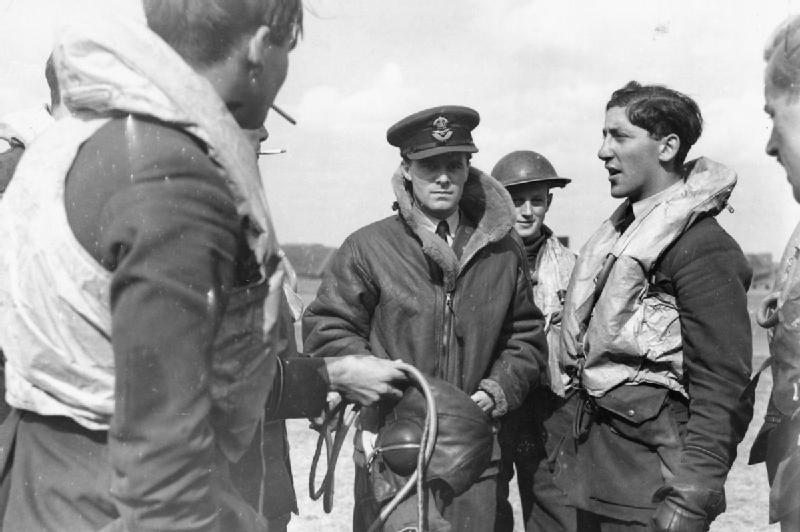
Q In the years before the war, pilots from Biggin Hill developed “jargon for the flyer”, which to this day is still used within the RAF. What do these three jargon expressions actually mean: 1. Tally-ho, 2. Bogey, 3. Pancake?
A Other terms include “Scramble” – “take off immediately”, “Vector” – “turn on a specific course”, “Angels” – “height at which to fly in thousands of feet”, “Orbit” – “circle over specific area”, “Bandit” – “identified enemy aircraft” and “Shiners – “barrage balloons”. All statistics in this quiz have been taken from various sources found at the Imperial War Museum in London.
